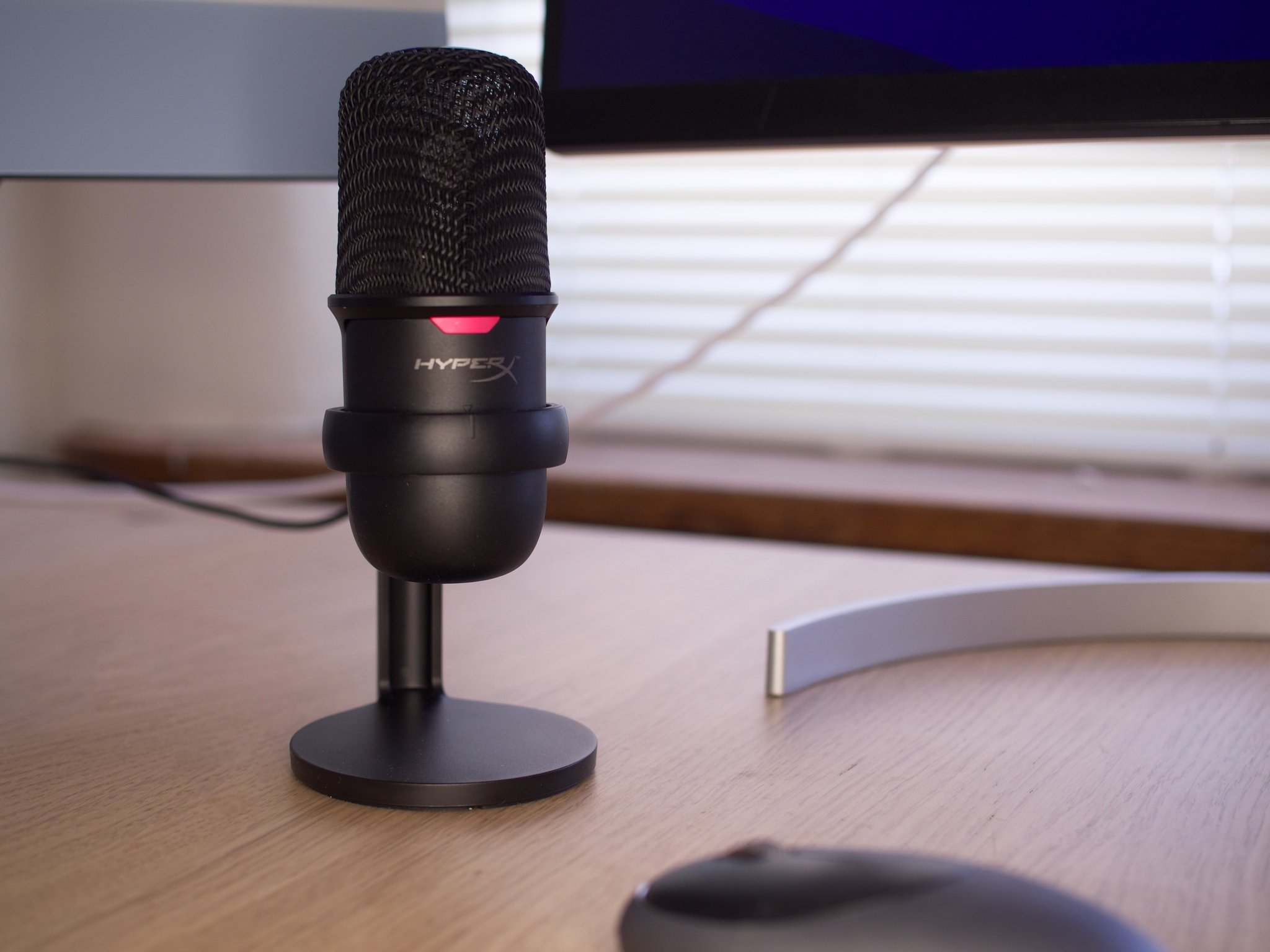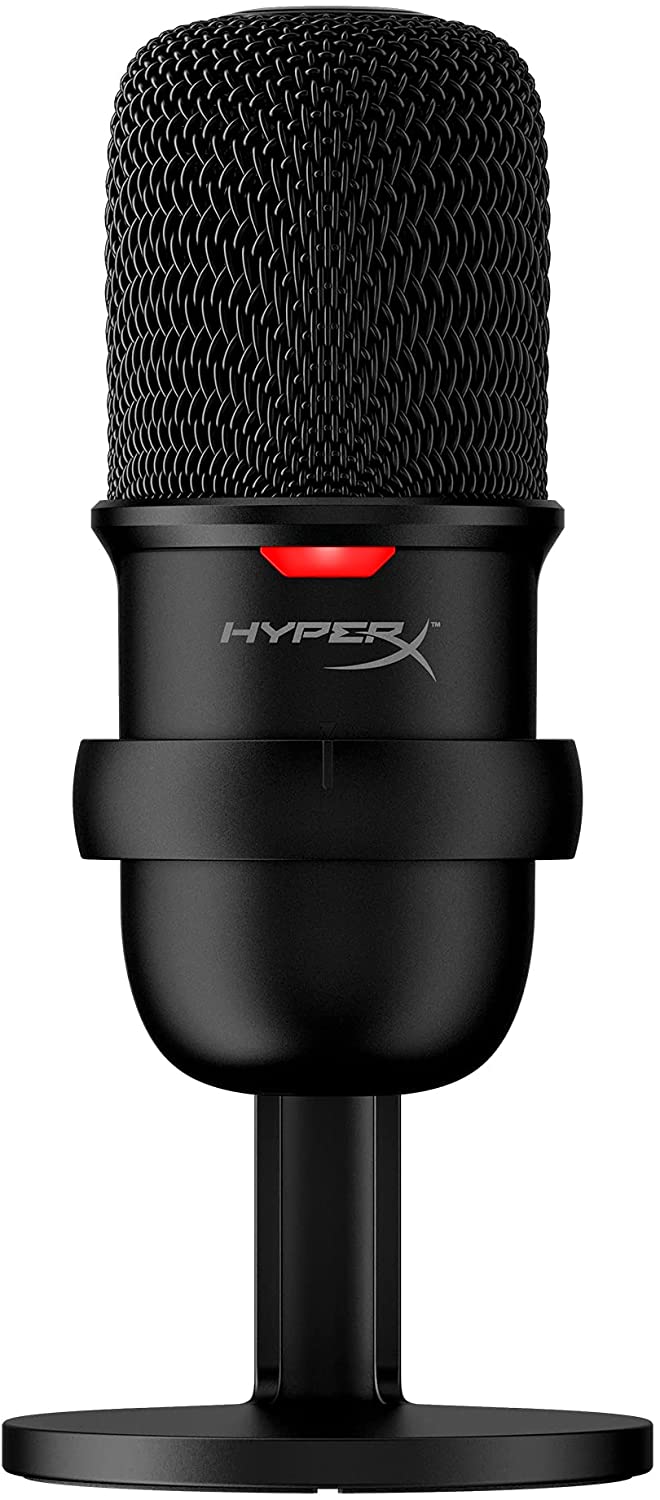iMore Verdict
Bottom line: The compact size of the HyperX SoloCast makes it easy to fit anywhere, but the lack of gain control and sensitivity can make it tricky to work with. Still, at its low price point, the sound quality it produces is excellent.
Pros
- +
Inexpensive
- +
Compact design
- +
Record quality
- +
Mute switch
Cons
- -
No gain control
- -
Only one recording pattern
You can always trust iMore.
If you're looking to sound clean and clear in virtual meetings or on the Discord channel while you're gaming, upgrading to a USB microphone is a great way of accomplishing that goal. While quality USB microphones can cost a fair amount, a relatively simple microphone — like the HyperX SoloCast — is a great inexpensive way to upgrade the way you sound.
It's not as fancy as or as versatile as the HyperX QuadCast S I reviewed in the past, but as someone who has used a bunch of great USB microphones for my Mac, I still think the HyperX SoloCast has plenty to offer.
HyperX SoloCast: Price and availability
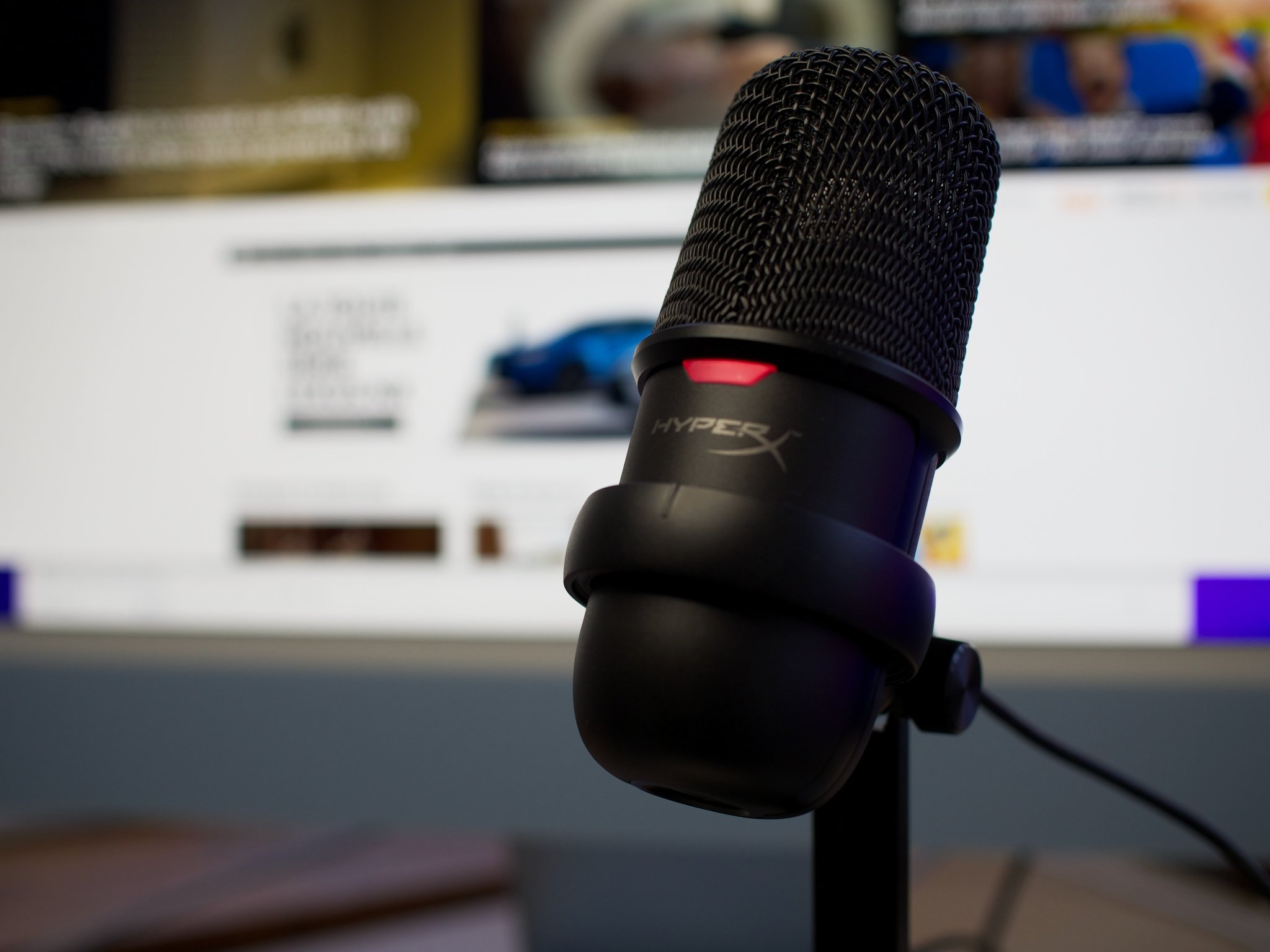
The price is one of the biggest draws of the HyperX SoloCast because it's very affordable. Its initial starting price is $60, but it seems most places are selling it for only $40.
Both Amazon and Best Buy have the HyperX SoloCast for the $20 discount, and stock seems to be readily available.
HyperX SoloCast: What's good
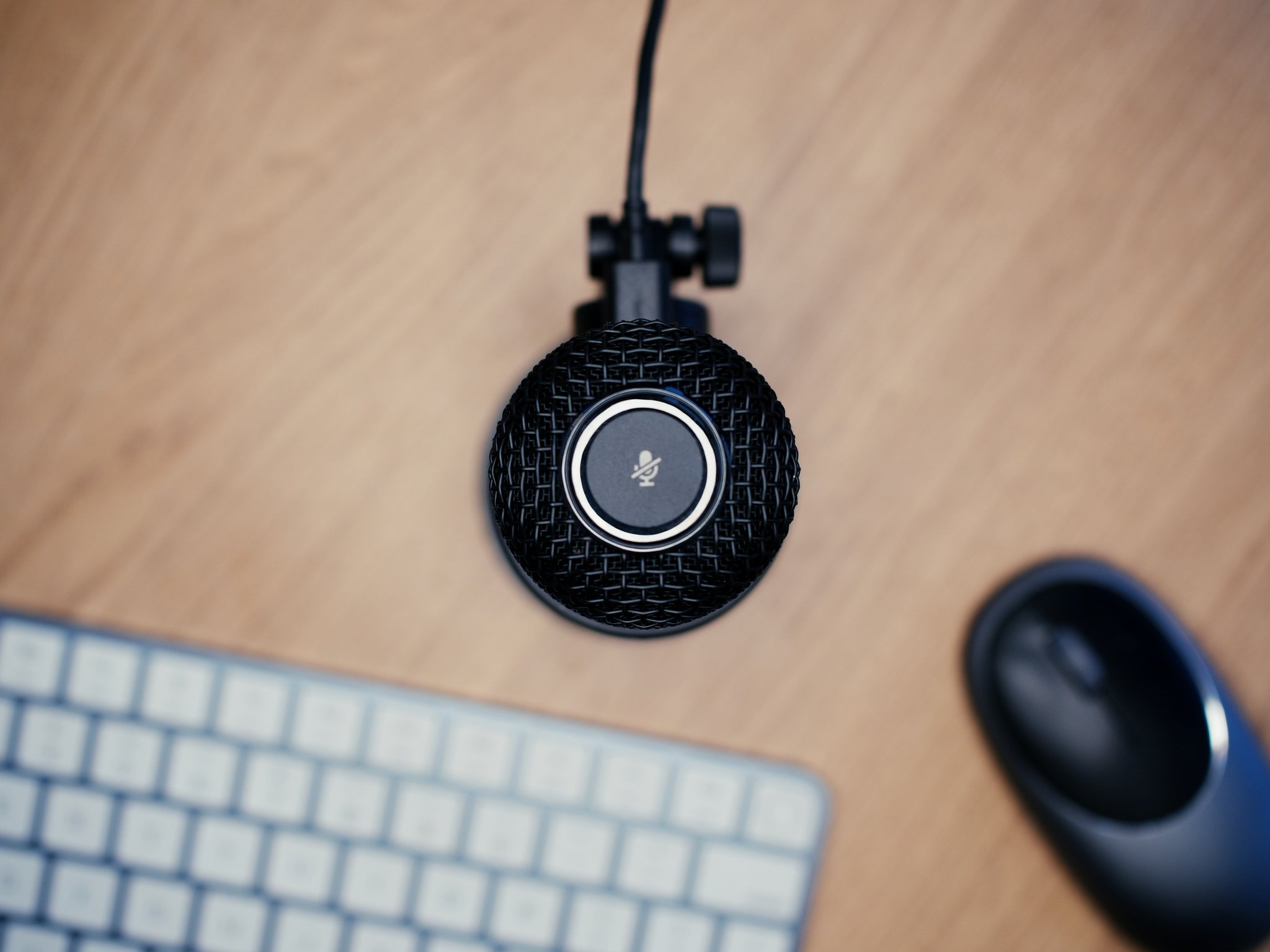
Having a microphone this compact is a pretty great asset if you have a small desk, gaming space, or just don't like clutter. Not only is the small form factor easy to place anywhere, but it can also turn 90 degrees in either direction, so you can even position the microphone below your monitor if you so choose.
While the small size is a benefit, ease of use is even better. Just plug the HyperX SoloCast into your Mac, PC, or even your PlayStation with the included USB-to-USB-C cable, and you're off to the races. It's genuinely a plug-and-play microphone.
The simplicity and small size make it perfect for small spaces
While it doesn't have much in the way of controls, the easy-to-access mute switch located at the top of the microphone is fantastic for muting your microphone when you need to. Just a quick light tap and the red LED light on the front of the device will turn off to indicate it has been muted. Tap it again, the light comes back on, and you're good to start talking again.
Lastly, the recording quality is excellent for a microphone of its size. While it only has one recording pattern, cardioid, it can record 48kHz/16-bit audio, which is plenty good enough to do post-production work with it if you need to touch up your voice for a podcast. Plus, while it does come with a stand, it also has a standard thread at the bottom, so you can use the SoloCast with a boom, which is a nice touch.
HyperX SoloCast: What's not good
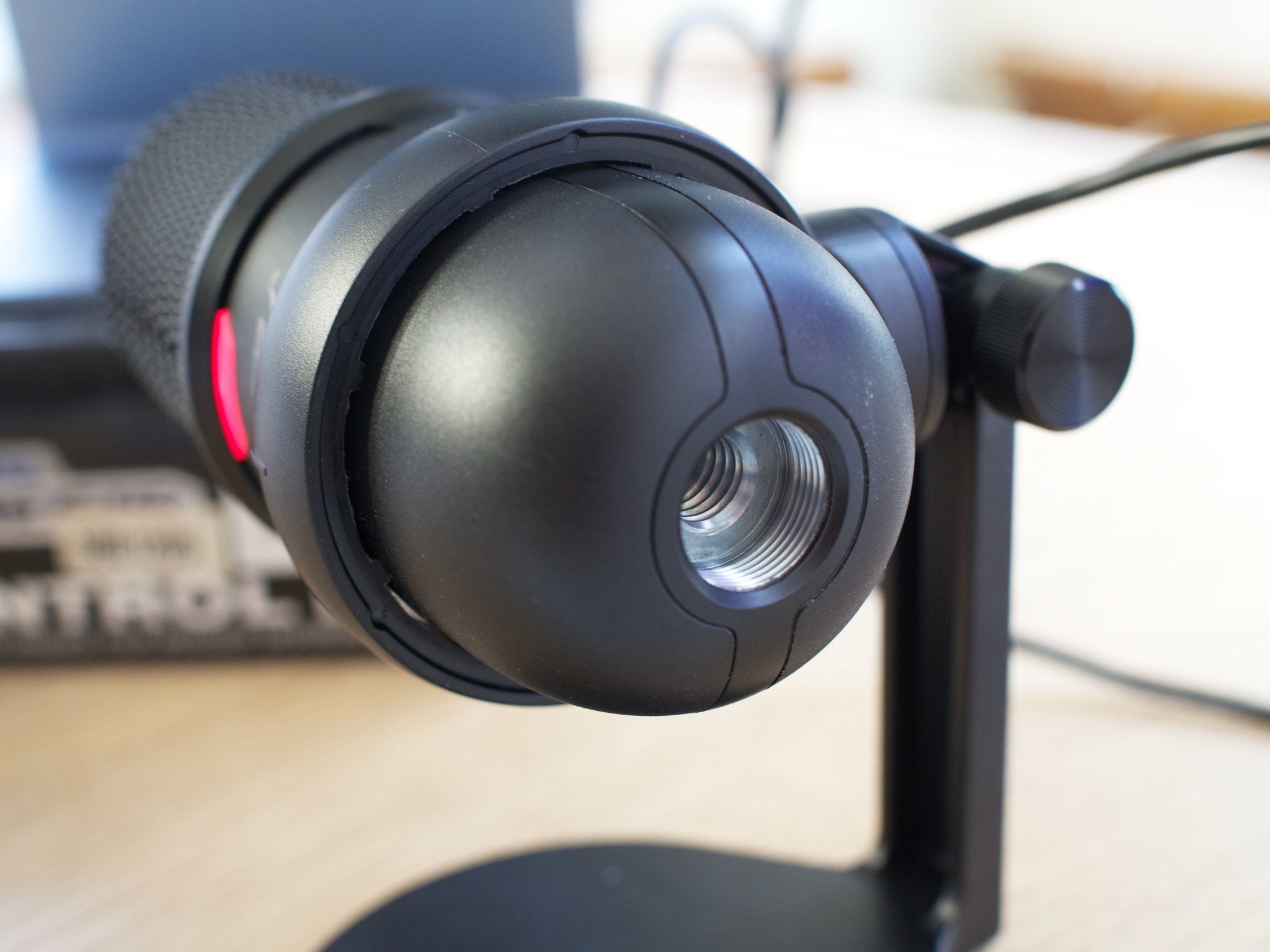
The biggest problem with the HyperX SoloCast is the lack of gain control. While having no gain control on a microphone this size isn't exactly out of the ordinary, the sensitivity of the SoloCast is a tad high.
No gain control brings some pains
Even while recording audio at my desk in my relatively small office, there was still a bit of an echo, especially if you aren't putting the microphone close enough to your mouth. If it had gain control, this would be easy to fix, but without it, you're required to fiddle around with the placement of the SoloCast to make it sound as good as it possibly can. If you have a boom, you'll likely want to use it to ensure you can get the microphone nice and close to your face, about 4-6 inches away. Also, due to the high sensitivity and no gain control, the microphone is really just meant for voices; I tried recording a little bit of acoustic guitar, and I just couldn't make it sound right. Not surprising, considering the type of microphone it is, but some USB microphones can do both. Just something to note before you decide to buy.
Still, that's my only major complaint with the HyperX SoloCast. Sure, it would be nice if it included another type of recording pattern, but on a microphone this size, it would be pretty hard to make use of multiple patterns anyway.
HyperX SoloCast: Competition
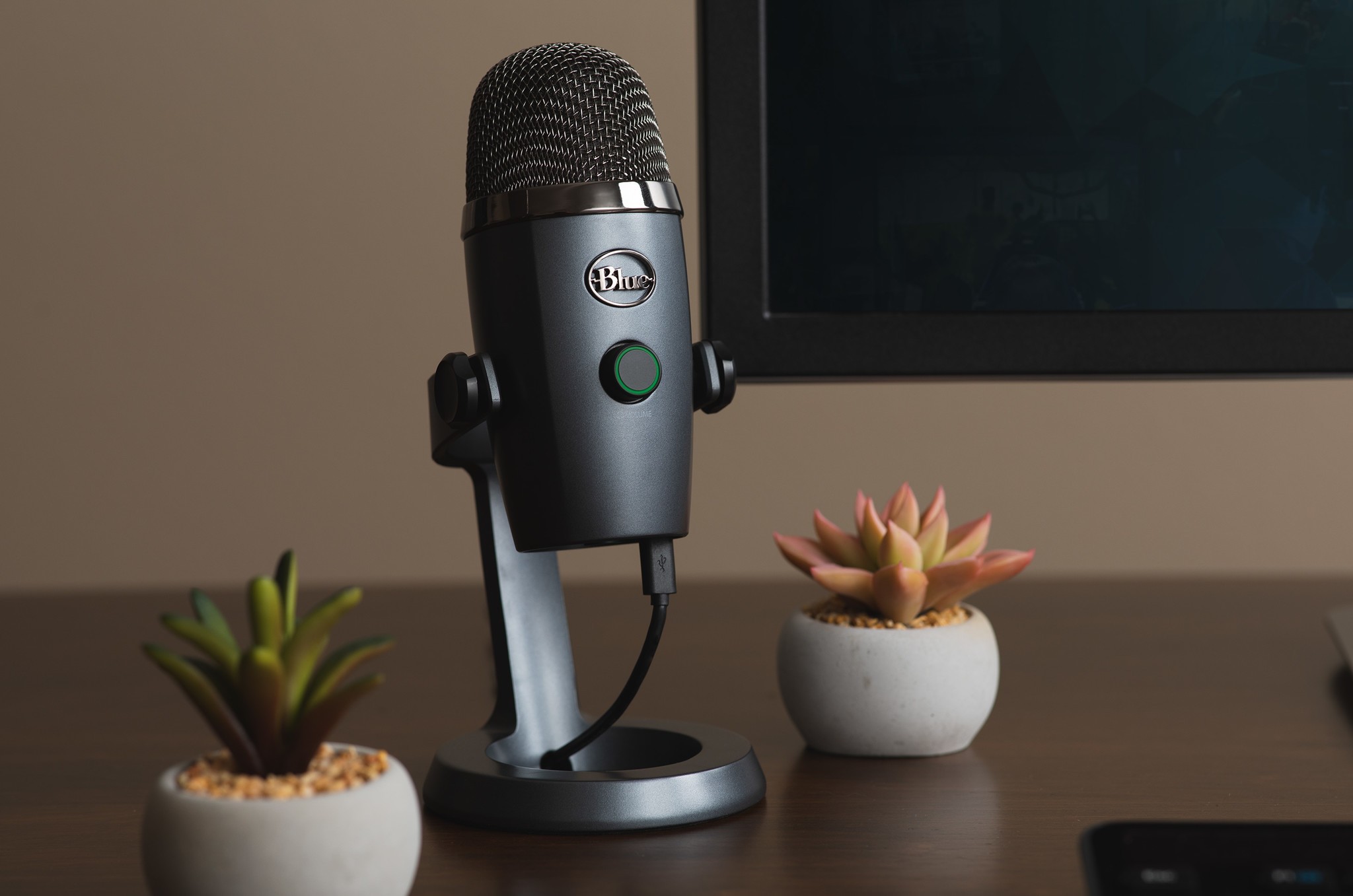
The Blue Yeti Nano is probably the biggest competition for the HyperX SoloCast. It's not quite as portable, but it does offer two recording patterns, cardioid and omnidirectional, which makes it a little more versatile. Both mics record at the same quality, but the Blue Yeti Nano isn't quite as sensitive in my experience, making it a tad easier to work with. However, the Blue Yeti is more expensive, starting at around $80 at most retailers.
HyperX SoloCast: Should you buy it?

You should buy this if ...
- You don't need lots of features
- Want to sound better in virtual meetings
- Don't mind playing around with the position of the microphone
- You need something cost-effective
You shouldn't buy this if...
- Want multiple recording patterns
- Want gain control
If you work in an office or space that is already a bit echoey, or you can't move around the microphone to find the best placement, the HyperX SoloCast may not be the best option for you. However, if you don't mind a few minor tradeoffs, the sound quality, price, and compact design make it a solid microphone for anyone just looking to sound better with minimal work.
You may think that 4 out of 5 stars seems a little high, but you have to keep in mind what the HyperX SoloCast is trying to accomplish. It promises to be a small plug-and-play microphone that records excellent audio and checks all those boxes. Yes, to get the absolute best sound you can get out of the SoloCast, you'll need to work a little bit with your setup; however, if you're just looking to upgrade from the microphone on your Mac, this works well.
For only $40, it's hard to go wrong with the HyperX SoloCast, even if it's not perfect.

Luke Filipowicz has been a writer at iMore, covering Apple for nearly a decade now. He writes a lot about Apple Watch and iPad but covers the iPhone and Mac as well. He often describes himself as an "Apple user on a budget" and firmly believes that great technology can be affordable if you know where to look. Luke also heads up the iMore Show — a weekly podcast focusing on Apple news, rumors, and products but likes to have some fun along the way.
Luke knows he spends more time on Twitter than he probably should, so feel free to follow him or give him a shout on social media @LukeFilipowicz.
